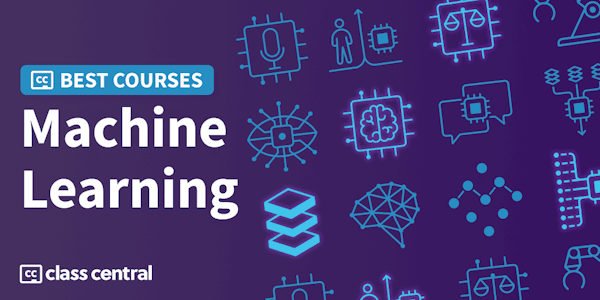Assisting 4D-STEM Data Processing by Machine Learning and Bayesian Optimization
Institute for Pure & Applied Mathematics (IPAM) via YouTube
Overview
Syllabus
Intro
Epitaxial 2D lateral heterostructure
Graded 2D lateral heterojunctions
Large scale strain mapping
Ripples release the strain
Typical Workflow for 4D Data Processing
Odd diffraction intensity
Rotation invariant unsupervised learning
Uncovering ferroelectric domains
Machine leaming for nano beam 4D-STEM
Automate parameter tuning for ptychography
Bayesian Optimization with Gaussian Process
Cryogenic Electron Microscopy (cryo-EM) Cryo-EM
The bottleneck is sample preparation
Taught by
Institute for Pure & Applied Mathematics (IPAM)

